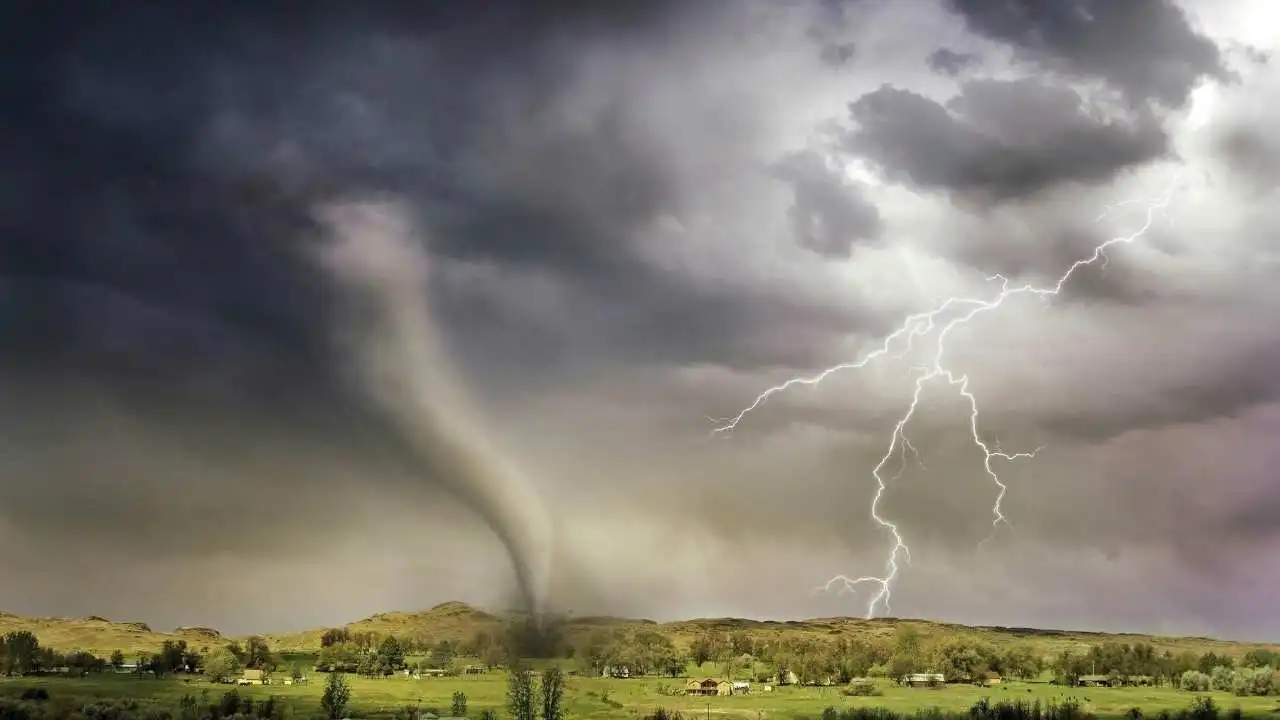When COVID rules kept people at home, wild animals roamed more freely, international research shows

When the COVID-19 pandemic forced people to huddle at home, wildlife took advantage of our absence, new research shows.
The study, written by 175 researchers from around the world, examines how pandemic restrictions during the height of the global health crisis changed animal behavior.
Researchers found that when human mobility was limited by lockdown measures, wildlife quickly took notice, moving closer to roads and moving more freely across the landscape.
From elephants in Botswana to grizzly bears roaming the Rockies, animals enjoyed the solitude as places became largely devoid of humans.
“One of the biggest surprises was that animals reacted in such a short time and changed their behavior,” said Marlee Tucker, an ecologist at Radboud University in the Netherlands and the study’s lead author.
The study, published this month in the journal Scienceexamined 43 species of land mammals, relying on data collected from 2,300 individual animals fitted with radio collars or other GPS trackers.
Giving wildlife the space to run wild can have an immediate impact on their movements, the study found. The findings could help inform future conservation efforts, Tucker said.
“This is quite a positive, optimistic finding because it shows that animals still retain the ability to change their behavior,” Tucker said.
“It suggests that perhaps making small changes to our behavior could actually reduce our impact.”
Researchers tracked changes in animal behavior in the spring of 2020 compared to the same time period the year before. Each data set was assigned a “lockdown start date” based on national government regulations at the time.
Three trends emerged.
When tracked for 10 days, animals traveled an average of 73 percent farther as they migrated, hunted and foraged.
Traffic deaths decreased even as animals in densely populated areas moved 36 percent closer to roads.
When animals were tracked for a short span of an hour in densely populated areas, they moved less, probably because there were no humans to deter them.
This bolder behavior was seen in all species, the study found.
Mountain lions in California moved closer to the edges of cities than before the restrictions. Crested porcupines – found in Italy, North Africa and sub-Saharan Africa – began proliferating in urban areas. Invasive eastern cottontails began to hop around more during the day.
A chance experiment
Tucker said the pandemic provided the right variables for an unexpected natural experiment.
When the pandemic was declared and people started sharing stories about wild animals taking to city streets during lockdowns, she started calling her counterparts around the world.
“We realized that this was a very unique opportunity where human activity was drastically changed.
“Our behavior changed almost overnight in many provinces,” she said, noting that further research is underway around the world on the impact of the pandemic on wildlife movements.
“This was a very rare opportunity where we were able to separate human behavior from changes in the landscape.”
Animals were followed for an average of 59 days. The study finds some outliers in the data, as some species responded differently to the absence of humans.
For example, mountain lions explored more in urban areas when restrictions were tight, while species such as American black bears, bobcats and coyotes roaming the same habitat did not.
Many iconic Canadian species, including wolves, black bears and Rocky Mountain bighorn sheep, were found in the study.
Mark Hebblewhite, an assistant professor of wildlife biology at the University of Montana, said biologists involved in monitoring wildfire movement saw the pandemic as an opportunity to collaborate.
Hebblewhite, who studies moose in the Alberta Rockies, said many of the study’s authors had collaborated on a 2018 paper that examined how human activity in general changed the movements of wildlife.
“It was a coincidence, a chance experiment,” Hebblewhite said. “When COVID came along, we saw some of the biggest and most novel ways that human behavior has changed in probably 100 years.”
He said researchers involved in GPS studies often lean on each other for guidance, noting that biologists from BC, Alberta and Parks Canada were among the study’s contributors.
“You can imagine that the GPS data you get from a moose isn’t really that different from the GPS data you get from a radio-collared raccoon in terms of how you analyze them, so that’s how we got in touch with this global network of people.”
For more than two decades, Hebblewhite has been tracking free-roaming moose populations at the Ya Ha Tinda Ranch in Banff National Park, a historic property that serves as habitat for one of Alberta’s most ecologically important herds of moose.
He said the isolated farm acted as a control site for the study, as there are few visitors. In contrast, the impact of COVID regulations has been much more pronounced in places like Alberta’s Bow Valley, a scenic mountain destination popular with visitors, he said.
Despite the variations in the results, Hebblewhite said the research confirms that wildlife can benefit from conservation practices that keep people at bay, even for a short time.
For example, temporarily closing a park or road to give sensitive species enough space to complete their annual migrations can provide valuable protection.
“Wildlife spend much of their time avoiding human activity,” he said.
“During COVID, when people were confined to their homes, wildlife was able to relax a lot… they had free rein.”




